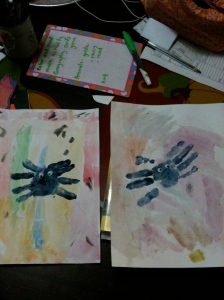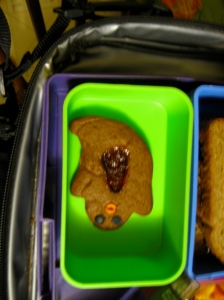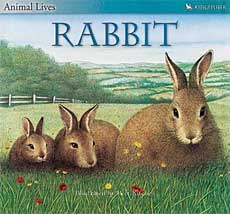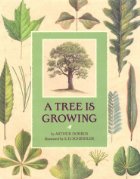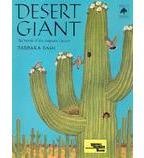Every Monday, kidlit bloggers celebrate the fantastic non-fiction available for kids and teens. I’m excited to be today’s Non-Fiction Monday Round Up! Leave a link to your post about a non-fiction title in the comments, and I’ll update throughout the day.
 My contribution for today is Serengeti Journey: On Safari in Africa, a National Geographic Science Chapters book. The book includes an introduction, chapters on elephants, giraffes, and cheetahs, a short summary chapter, and information on writing a report.
My contribution for today is Serengeti Journey: On Safari in Africa, a National Geographic Science Chapters book. The book includes an introduction, chapters on elephants, giraffes, and cheetahs, a short summary chapter, and information on writing a report.
We’re using it as part of a unit study on African animals. My 7-year-old devoured each chapter this week and then told me fact after fact that she had learned. I loved seeing her so excited about reading non-fiction. Next week, we’ll do a writing project based on what she learned.
There are lots of titles in the National Geographic Science Chapters series, including Amazon Journey, Mysteries of the Sea, and All About Ants. We’ll definitely be using more of them in the future.
Post from around the kidlitosphere:
Read about an amaizng graphic novel about violence among children, Fist Stick Knife Gun at Pink Me.
Jeff at NC Teacher Stuff has a review of Get to Know Wedges.
Hop over to Charlotte’s Library to read about DK’s Ask Me Everything.
Abby the Librarian tells us about The Buzz on Bees.
Learn about Creative Kitchen Crafts at A Patchwork of Books
Read a review and enter a giveaway for The Barefoot Book of Dance Stories, a mix of non-fiction and folktales.
Learn about Survival at 40 Below at Wild About Nature.
Wendie Old has a review of The Little Kids First Big Book of Animals.
Get Face to Face with Wolves at Book Dads.
Learn more about Bring Me Some Apples and I’ll Make You a Pie at Rasco from RIF.
Jupiter joins Non-Fiction Monday for the first time with Recycle This Book.
Read about Time is When at The Cat in the Hat blog.
Roberta from Wrapped in Foil shares Beautiful Oops.
Shirley Duke at Simply Science shares her own Infections, Infestations, and Diseases.
Rock out with Jimi Sounds Like a Rainbow at Bookends.
Anastasia Suen shares The Shocking Truth About Energy.
Read about Benno and the Night of Broken Glass at Maclibrary.
Michelle Markel at The Cat and the Fiddle shares a post on story arcs in picture book biographies.
Check out a few National Geographic Easy Readers (Ants and Great Migrations: Elephants) at The Reading Tub.
Another book blending folklore and non-fiction, How the Moon Regained Her Shape is the subject of today’s post at A Wrunge Sponge.
Learn about What Rot! Nature’s Mighty Recycler at Apples With Many Seeds.
Head over to Chicken Spaghetti to read about Liberty or Death, Candy Bomber, and The World Famous Miles City Bucking Horse Sale.
Janet Squires joins us with a review of Math Appeal: Mind-Stretching Math Riddles.

